20 Veggies That Will Flourish in Your Summer Garden
Growing vegetables in your summer garden can be both rewarding and fun. With warm weather and longer days, many vegetables thrive during this season. Planting the right types ensures you get a good harvest full of fresh, flavorful produce. Summer gardens can offer a variety of vegetables that are perfect for salads, cooking, or snacking. It is important to pick plants that grow well in the heat and need plenty of sunlight. Taking care of these vegetables with regular watering and proper soil will help them flourish. This article will guide you through some of the top vegetables to plant in your summer garden for the best results.
This post may contain affiliate links, which helps keep this content free. Please read our disclosure for more info.
Tomatoes

Tomatoes are a favorite for summer gardens because they flourish in warm weather and plenty of sunlight. They require well-drained soil and consistent watering to produce juicy, flavorful fruits. There are many varieties available, from cherry tomatoes to larger slicing types, giving gardeners plenty of options.
Growing tomatoes also means paying attention to support structures like stakes or cages, as the plants can become heavy when loaded with fruit. Regular pruning of suckers encourages better air circulation and healthier growth. Fresh tomatoes can be used in salads, sauces, or eaten straight from the vine.
Cucumbers

Cucumbers thrive in the heat and grow quickly when given enough water and sun. They prefer rich, well-drained soil and benefit from vertical growing on a trellis to save space and improve air flow. This setup can also make harvesting easier.
Cucumbers are versatile in the kitchen, great for fresh salads or pickling. Keeping the soil moist helps prevent bitterness and keeps the fruit tender. Regular harvesting encourages the plant to keep producing throughout the summer.
Zucchini
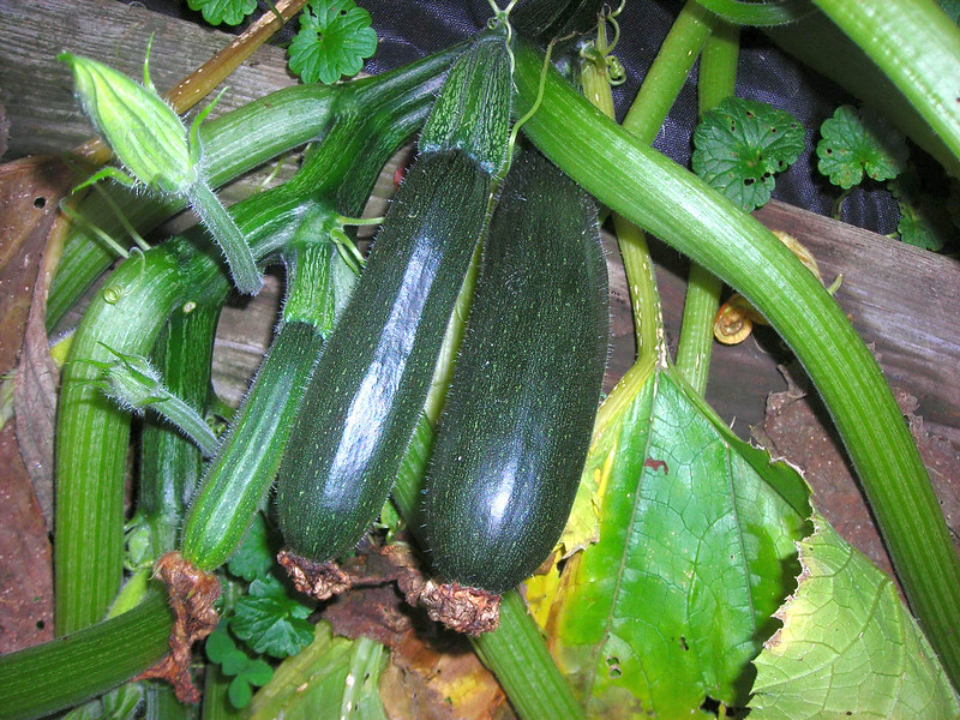
Zucchini is one of the most productive summer vegetables. It grows best in warm, sunny spots with well-drained soil that is rich in organic matter. Since zucchini plants can spread, providing enough space is important to avoid overcrowding.
This vegetable is easy to use in many recipes, from grilling to baking. Zucchini plants require consistent watering and should be checked regularly for pests such as squash bugs. Harvesting zucchini early keeps the fruits tender and encourages more growth.
Bell Peppers
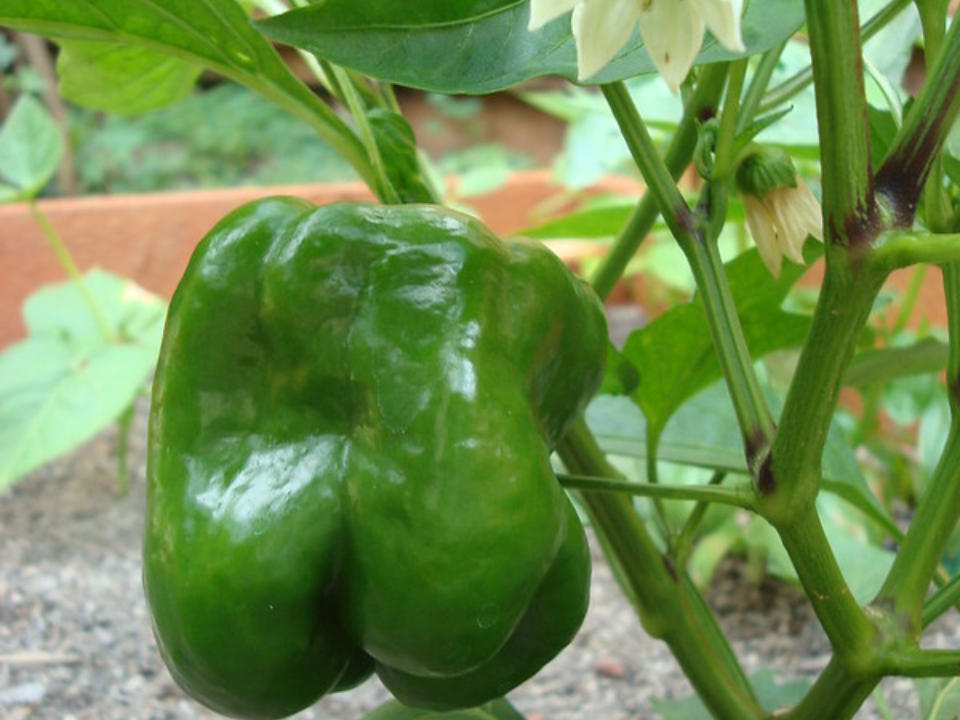
Bell peppers grow well in hot summer weather and need full sun and fertile, well-drained soil. These plants can take some time to mature, so patience is key. Regular watering keeps the peppers plump and flavorful.
Bell peppers come in green, red, yellow, and orange varieties, adding color to the garden and kitchen. They are great for stuffing, grilling, or adding to salads. Supporting the plants with stakes can help prevent breakage under the weight of the fruit.
Green Beans

Green beans are reliable summer crops that grow quickly and yield well. They come in bush and pole varieties, with pole beans needing some form of support like a trellis or poles. They require full sun and well-drained soil.
Beans enrich the soil by fixing nitrogen, which benefits other plants nearby. Regular harvesting encourages the plants to produce more pods. Green beans are delicious steamed, boiled, or added to various dishes.
Carrots

Carrots grow best in loose, sandy soil that drains well and allows roots to expand easily. They prefer cooler summer temperatures but can still be planted early in the season. Consistent watering is important to prevent the roots from becoming tough or woody.
Carrots add sweetness and crunch to many dishes, and the greens can be used in salads or as garnish. They are low-maintenance and can be planted in succession for a continuous harvest. Thinning seedlings helps ensure enough room for the roots to develop properly.
Lettuce
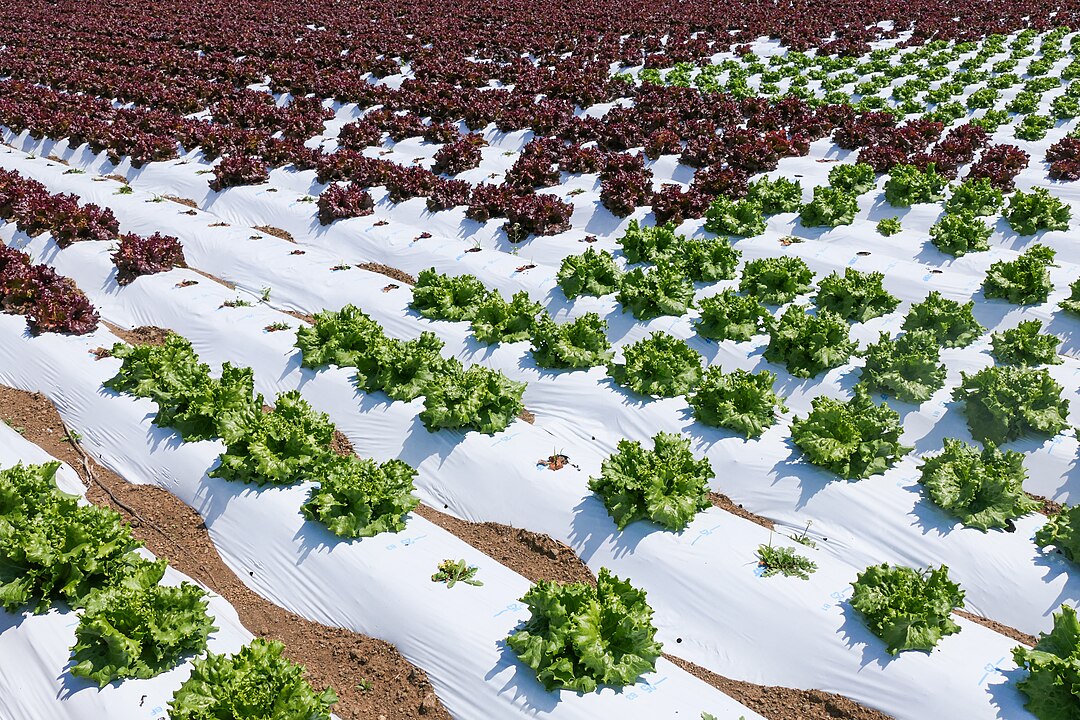
Lettuce prefers cooler parts of the summer and can tolerate some shade to avoid getting bitter in the heat. It grows quickly and can be harvested leaf-by-leaf or as a whole head. Loose, well-drained soil rich in organic matter produces the best results.
There are many varieties of lettuce, including romaine, butterhead, and leaf types. Succession planting every few weeks ensures fresh lettuce throughout the season. Regular watering keeps the leaves crisp and tender.
Spinach
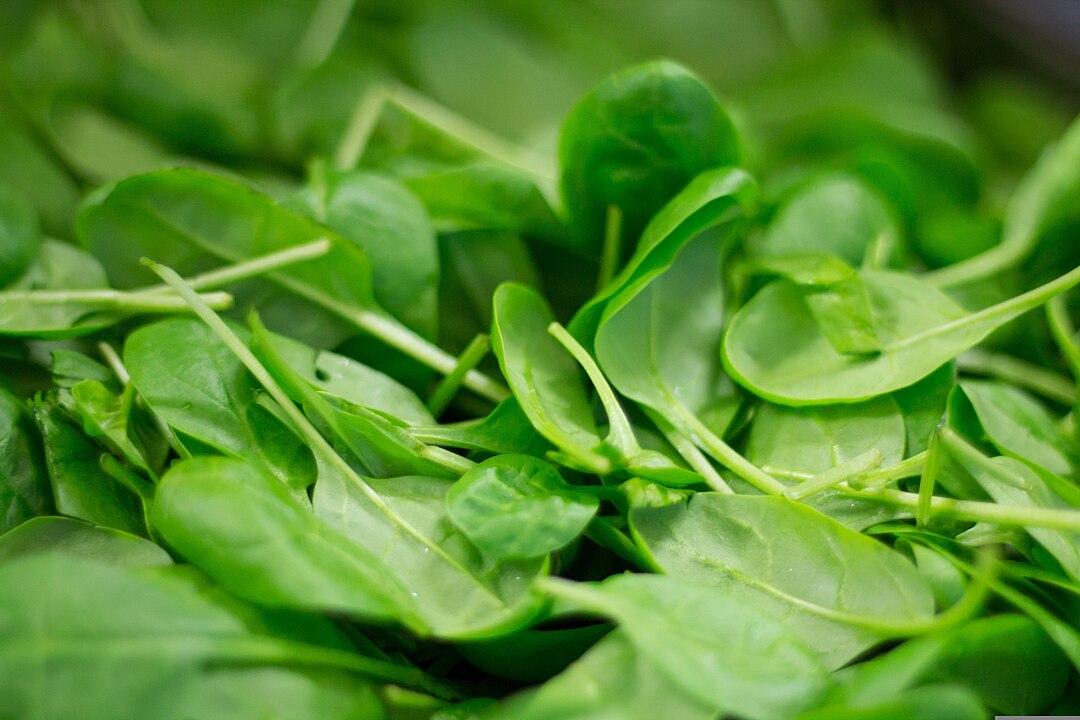
Spinach can be planted in early summer and prefers partial shade to protect it from the hottest sun. It grows best in moist, fertile soil. Spinach is fast-growing, allowing for multiple harvests if picked regularly.
It is packed with nutrients like iron and vitamins A and C. Spinach is great for salads, cooking, or smoothies. Avoid letting it bolt by harvesting before the weather gets too hot.
Radishes
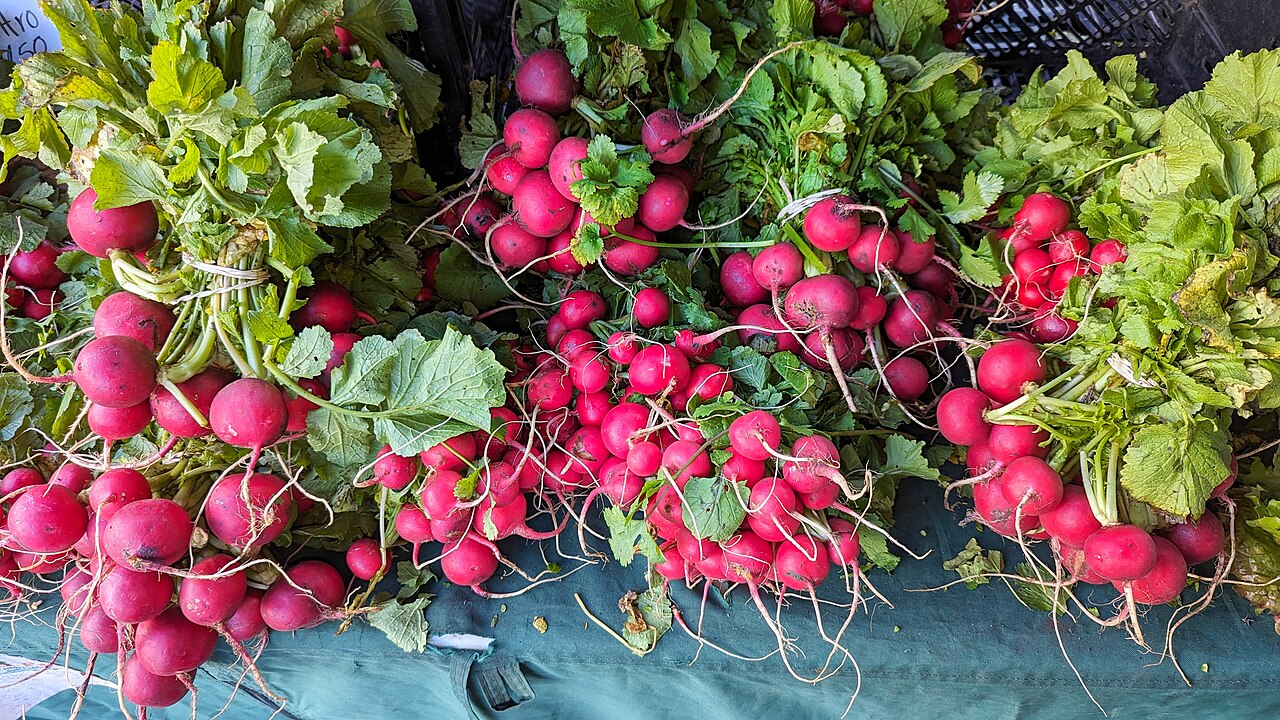
Radishes are quick-growing root vegetables that thrive in loose, well-drained soil. They do well in full sun and can be harvested in as little as three to four weeks after planting. Their rapid growth makes them ideal for filling gaps in the garden.
They add a spicy crunch to salads and can be eaten raw or cooked. Regular watering helps keep radishes tender. Planting radishes in succession extends the harvest through the summer months.
Beets
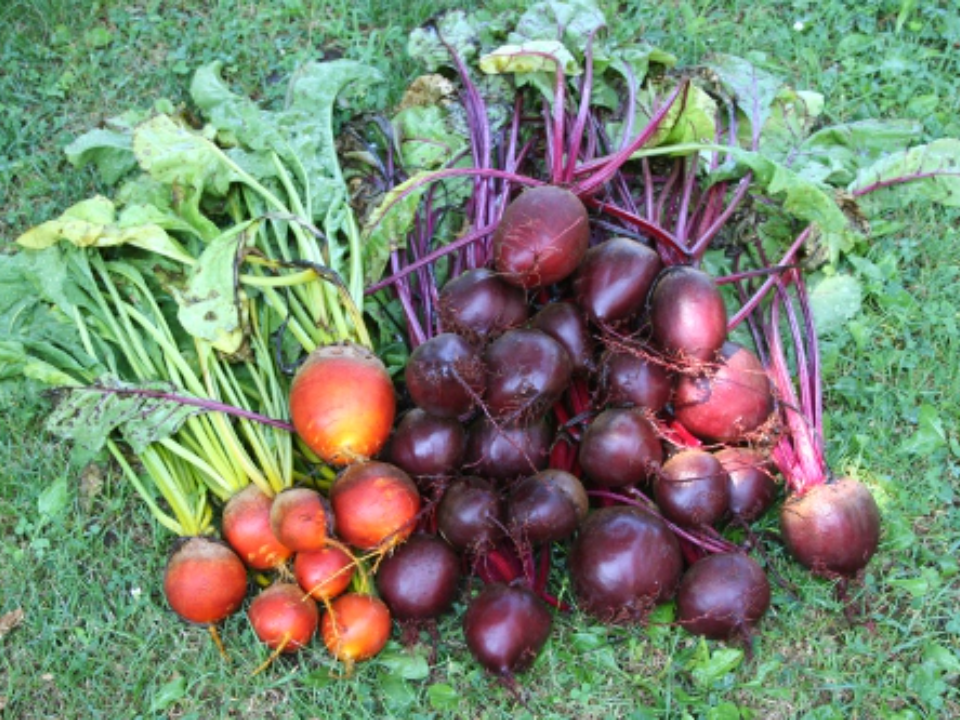
Beets grow best in fertile, well-drained soil and prefer full sun. Both the roots and the leafy greens are edible, making them a versatile garden vegetable. Beets take about two months to mature and need consistent moisture.
Beets can be roasted, boiled, or eaten raw, and their greens can be sautéed like spinach. They are rich in vitamins and minerals like potassium and folate. Thin seedlings to give roots enough space to grow properly.
Eggplant

Eggplants thrive in warm, sunny conditions with well-drained, fertile soil. They require regular watering and benefit from staking to support the weight of the fruit. Eggplants are ready for harvest when their skin is shiny and firm.
This vegetable is popular in grilling, roasting, and stewing dishes. Eggplants come in various shapes and colors, from deep purple to white. Keeping pests like flea beetles in check helps ensure a good crop.
Sweet corn

Sweet corn needs full sun and plenty of space, as it grows tall and requires good airflow. Planting in blocks rather than rows improves pollination and ear development. Corn prefers fertile, well-drained soil and consistent moisture.
It is harvested when the kernels are plump and milky. Corn is best eaten fresh, either boiled, grilled, or roasted. Regular watering during tasseling and ear formation stages is crucial.
Summer Squash
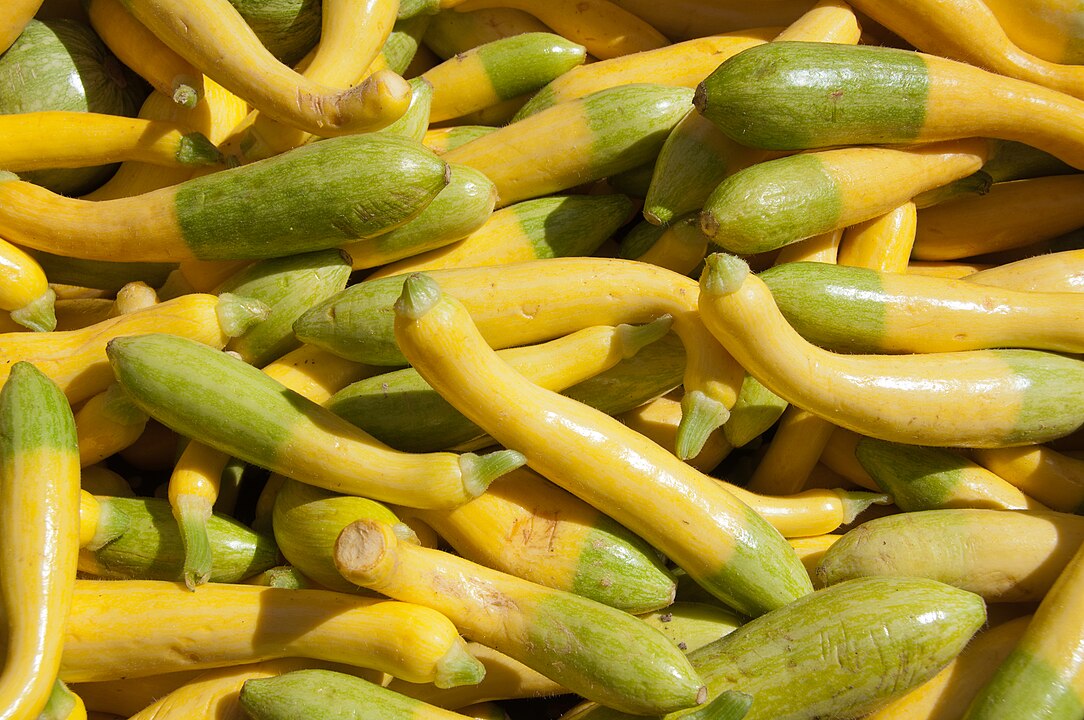
Summer squash varieties like pattypan and yellow squash grow quickly in warm soil with good drainage. They need plenty of sunlight and consistent moisture to avoid bitterness. Spreading vines require space, so give them room to expand.
These squashes can be used in a wide range of dishes, from sautés to casseroles. Frequent harvesting promotes continuous production. Protect plants from pests such as squash vine borers.
Sweet potatoes

Sweet potatoes prefer warm, sandy soil and a long growing season. They need full sun and should be planted after the danger of frost has passed. These root vegetables take several months to mature but provide a nutritious, energy-rich harvest.
Sweet potatoes can be baked, mashed, or fried, making them a flexible kitchen staple. Their vines also provide good ground cover to reduce weeds. Proper watering during dry periods helps ensure good root development.
Okra
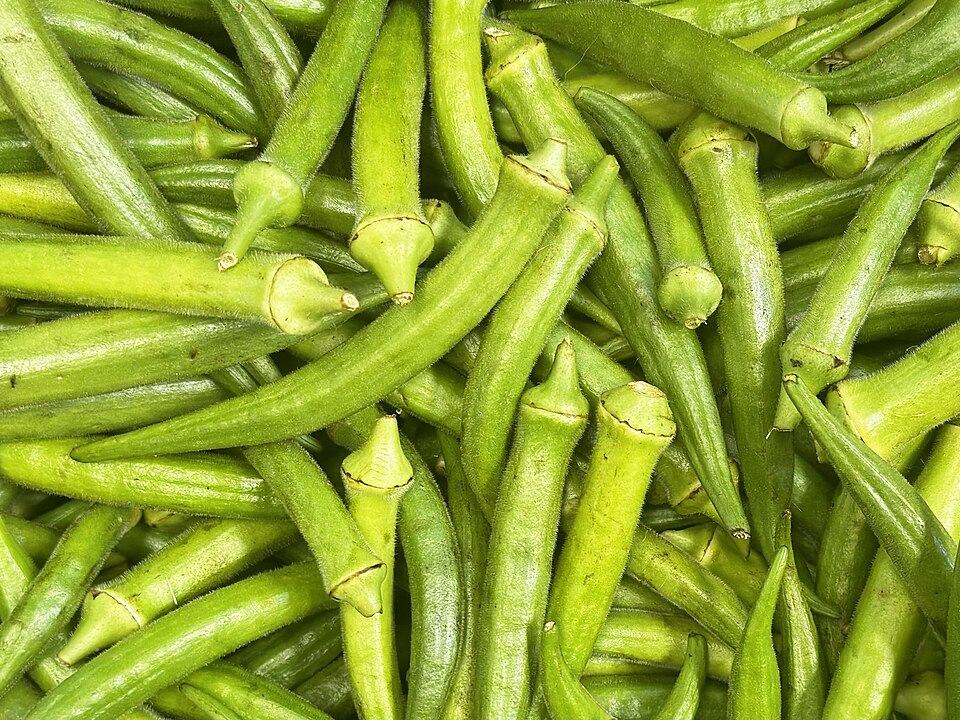
Okra thrives in hot weather and full sun. It grows best in fertile, well-drained soil with regular watering. Okra plants can reach several feet tall and produce edible pods that are commonly used in soups and stews.
Okra pods are harvested when young and tender. This vegetable is rich in fiber and vitamins. Providing support or spacing plants well can help keep them healthy and easy to harvest.
Garlic
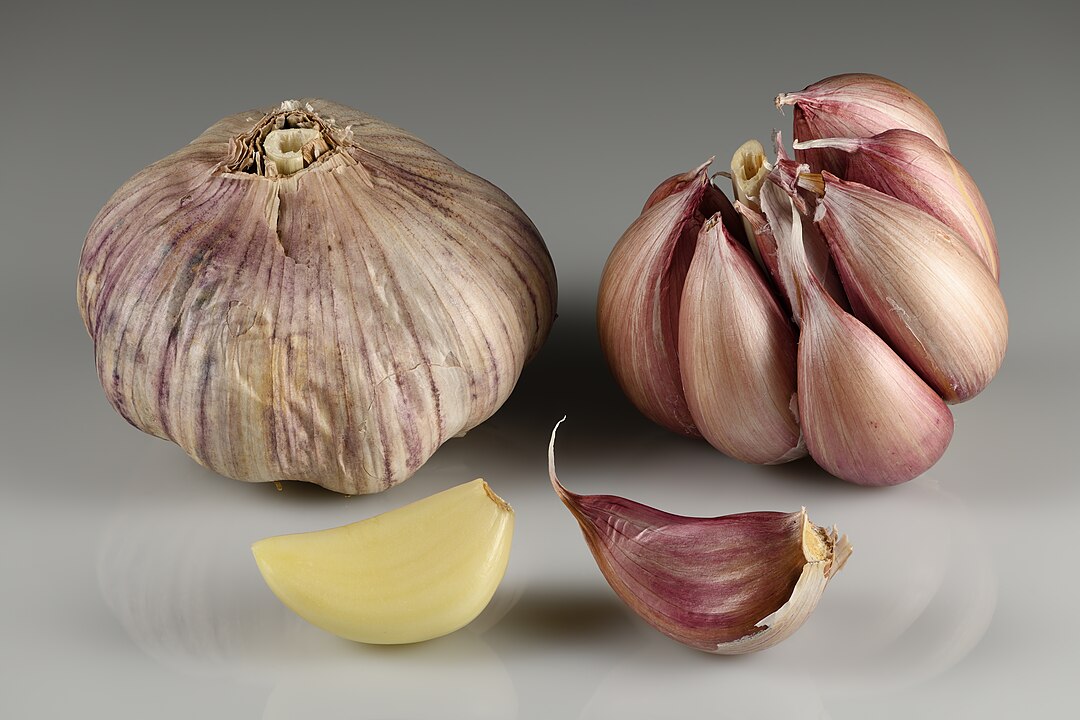
Garlic is often planted in late fall but can be grown in warmer months in mild climates. It prefers loose, well-drained soil and full sun exposure. Garlic needs minimal care but benefits from regular watering and weed control.
Garlic cloves mature underground and can be harvested when the tops start to yellow and fall over. It adds flavor to countless dishes and offers health benefits such as immune support. Storing garlic properly extends its shelf life.
Herbs (Basil, Parsley, Cilantro)
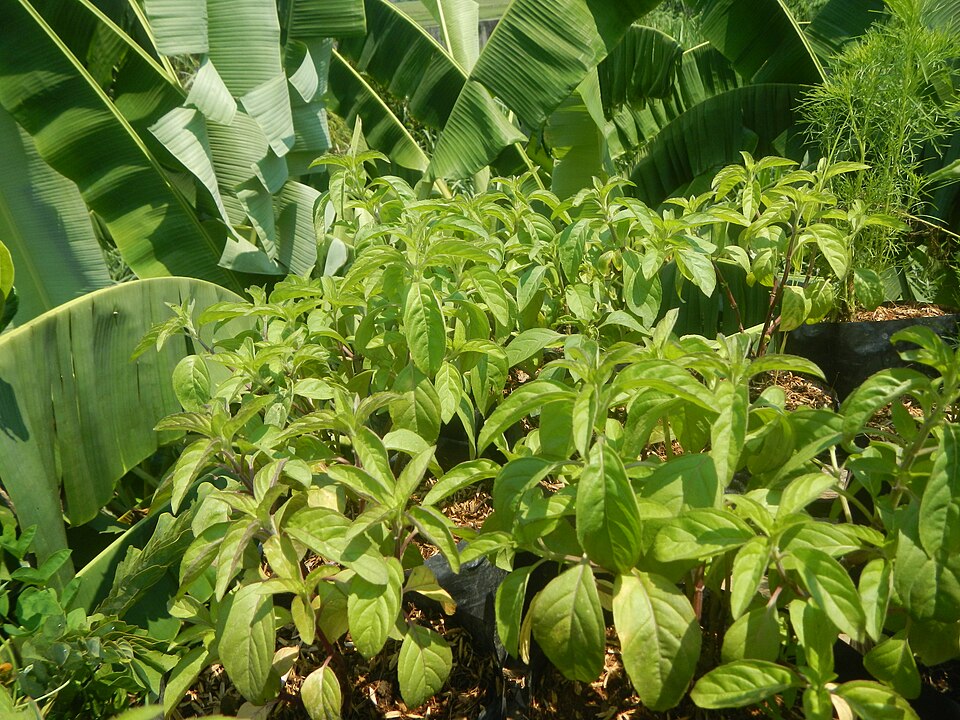
Herbs grow well in summer gardens and add fresh flavor to many meals. Basil, parsley, and cilantro prefer full sun and well-drained soil. Regular harvesting encourages bushier plants and prevents flowering, which can reduce leaf quality.
Herbs can be grown in containers or garden beds. They are easy to maintain and useful in a variety of recipes. Keeping soil moist but not waterlogged promotes healthy growth.
Asparagus

Asparagus is a perennial vegetable that needs a few years to become established. It grows best in full sun with sandy, well-drained soil. Once established, asparagus beds can produce for many years with proper care.
This vegetable is harvested in early summer and is prized for its tender spears. Asparagus is rich in nutrients like fiber and vitamins A and K. Regular weeding and mulching help keep the beds productive.
Shallots

Shallots are related to onions but have a milder flavor. They grow well in well-drained soil with full sun exposure. Plant shallots early in the season for harvest later in summer.
Shallots can be used raw or cooked in a variety of dishes. They are easy to grow and take up little space. Regular watering and good drainage prevent disease problems.
Kohlrabi
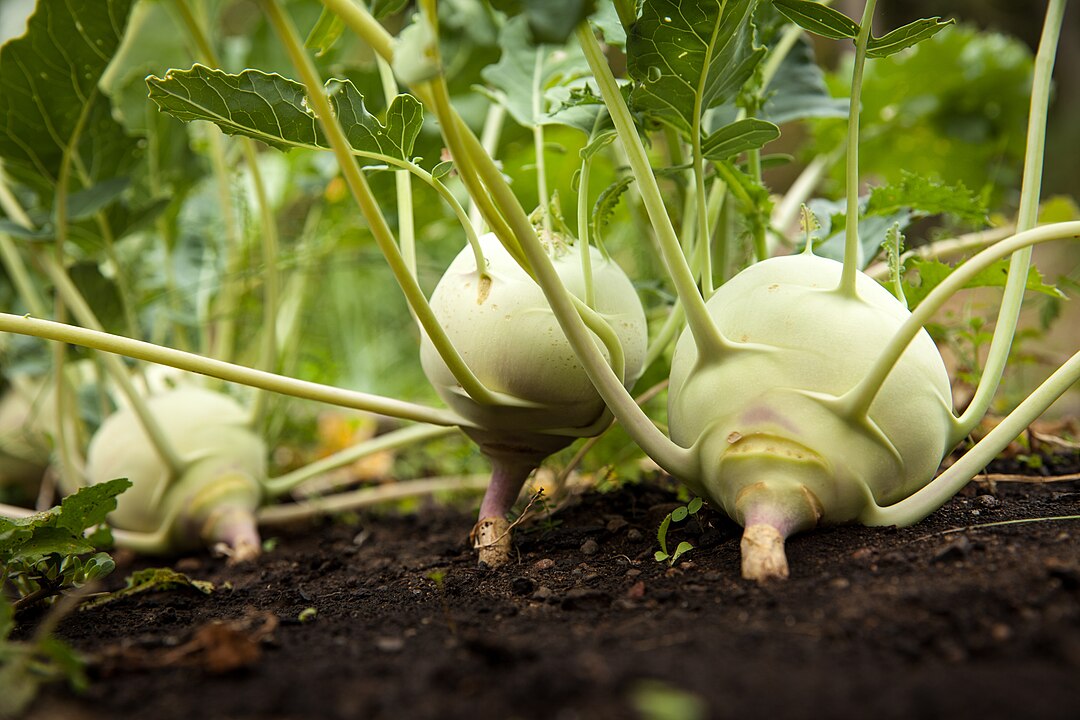
Kohlrabi is a fast-growing vegetable that prefers cooler summer temperatures. It needs rich, moist soil and full sun to grow properly. The edible stem swells above ground and can be eaten raw or cooked.
This vegetable adds a mild, sweet crunch to salads or stir-fries. Kohlrabi grows quickly and can be harvested in about two months. Keep soil moist to avoid tough textures.
This article originally appeared on Avocadu.
